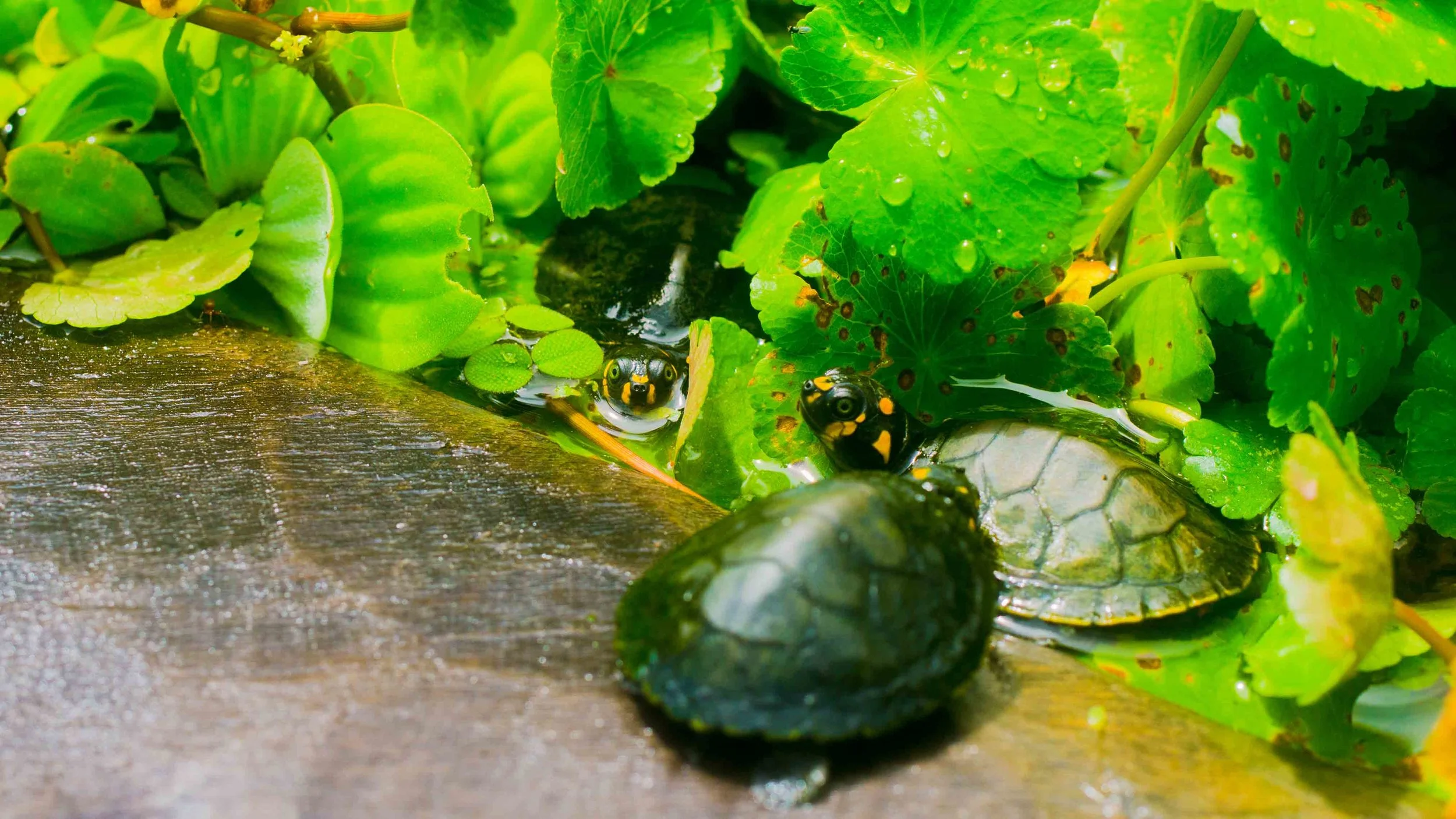Project name: Tapiche Citizen Science Turtle Rescue
Time of Year: approx June to August for egg collection, Sept-Apr for nursery
Mission: save turtle eggs from poachers, collect data on turtle nesting, foster baby turtles until they’re healthy and strong for better chances of survival after release
Background:
From approximately June to August every year, the floodwaters recede from the forest and the river level drops to reveal smooth sandy beaches at the Tapiche Reserve. This is when our river turtles climb up onto the sand at night to lay their eggs under the moonlight. We have three species of river turtle that nest during this time: the Arrau turtle (Podocnemis expansa) locally known as "charapa," the Six-tubercled Amazon River turtle (Podocnemis sextuberculata) locally known as "cupiso," and the Yellow-spotted Amazon river turtle (Podocnemis unifilis) locally known as "taricaya." Both the cupiso and taricaya are classified as Vulnerable by the IUCN (International Union for the Conservation of Nature), meaning these species face a high risk of extinction in the wild. The charapa currently lacks data for an official classification, but species specialists have recommended that it be considered an at-risk species. Sadly, lack of local law enforcement and the popular practice of consuming the turtle and its eggs, particularly the taricaya, leaves poaching unmonitored.
Considered an exotic delicacy, turtle eggs fetch a high price on the black market due to market demand in Iquitos, Lima and beyond. Poachers will often wait for a female to finish laying her eggs before taking the turtle as well as all of her eggs, effectively ending two generations of the species. Along the 400 km of river between Iquitos to the Tapiche Reserve, you will not see these turtles anymore because of egg and animal poaching, even though the river is their natural habitat. The absence of these animals outside of the Reserve puts ever more pressure on us to protect the animals we have on the property.
During turtle nesting season, we try to collect as many eggs as we can, recording important data about timing, location, clutch size, environmental factors, and more. We re-bury the eggs on the beach in front of the lodge in custom-built incubation boxes that are renewed each year with improvements learned from the year before. After the eggs hatch, we foster the hatchlings until their shells have hardened and they’ve grown healthy and strong, giving them the best chances of surviving in the wild. We then release them on the river and at lagoons inside the reserve to begin the next phase of their life and bring balance back to the ecosystem.
In April 2021, with the help of our dear friend Dr. Sean O’Donnell, we published our first scientific paper about an instance when ants attacked our hatchery. The title of the article is “Predation on nests of three species of Amazon River turtles (Podocnemis) by underground-foraging army ants (Labidus coecus)” and was published in Insectes Sociaux. Here’s the paper abstract.
Each year we are honored to have the help of volunteers for our Tapiche Citizen Science program during turtle rescue season. The work is very demanding, but we’ve seen an increase in our turtle population year over year as a direct result of our efforts. Email tapichejungle@projectamazonas.org if you’re interested in contributing and participating.
You can check out previous years of turtle rescue activity on our blog.
Read about whether Tapiche is right for you, or Contact Us to book a trip or discuss volunteer opportunities.
Header photo: Taricaya babies being released into a lagoon
© Deborah Chen

